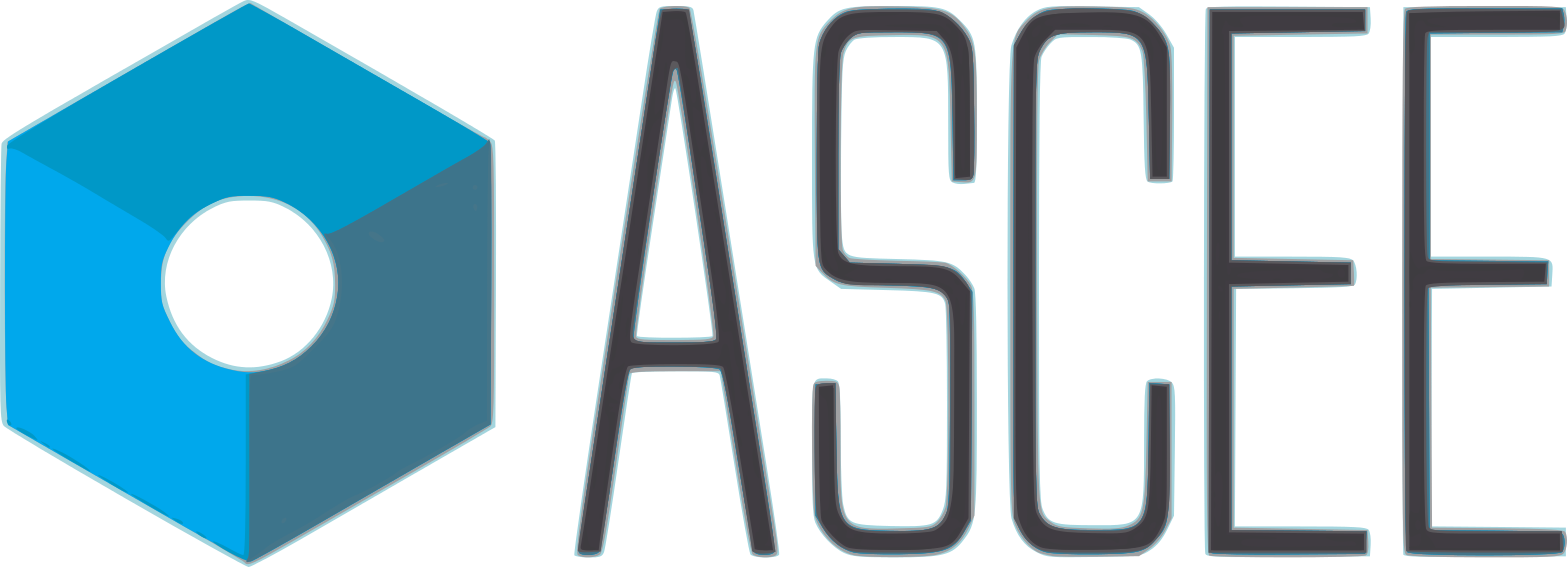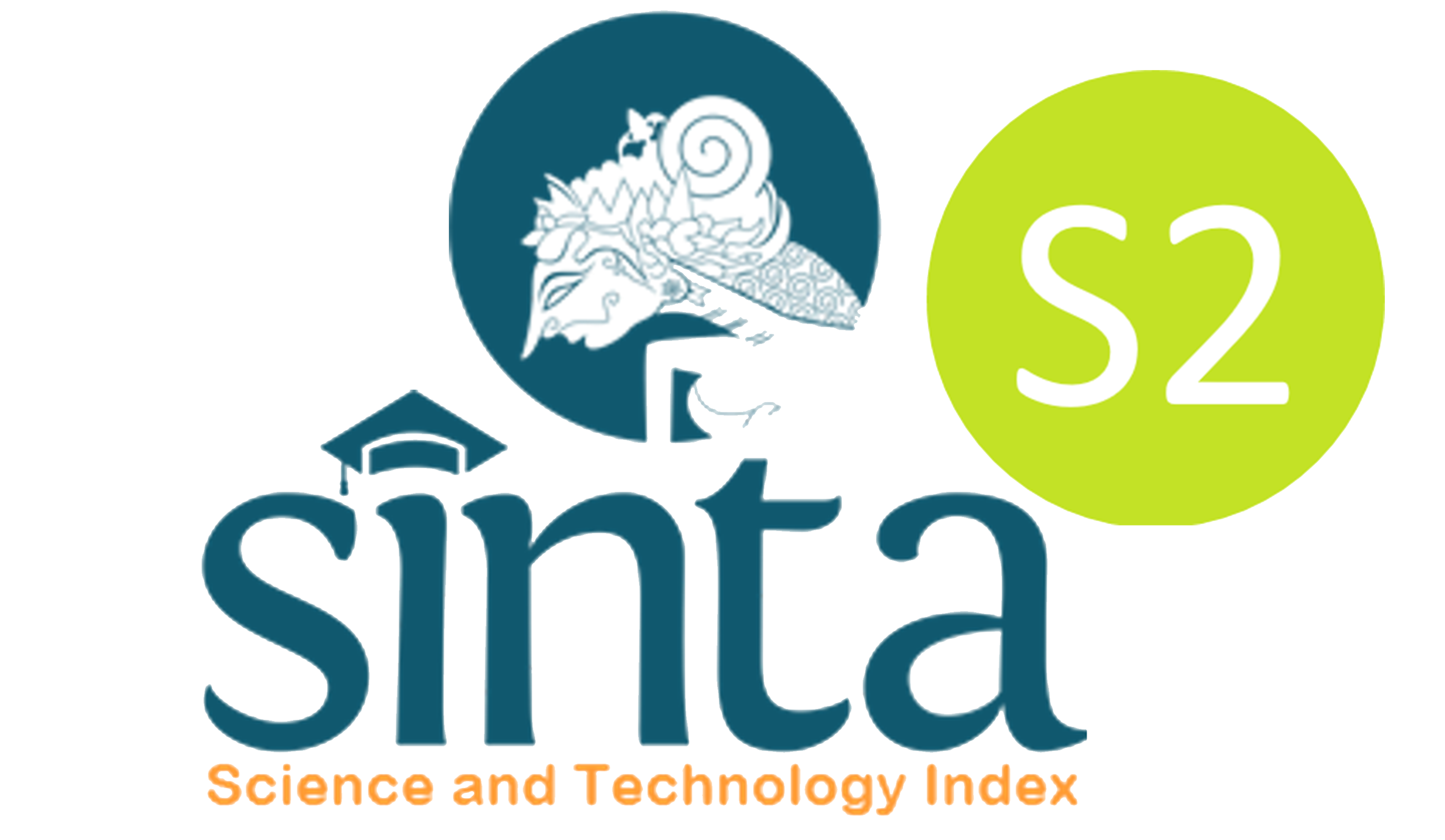PEMODELAN ARSITEKTUR ENTERPRISE SISTEM INFORMASI CUSTOMER RELATIONSHIP MANAGEMENT MENGGUNAKAN ENTERPRISE UNIFIED PROCESS
Ahmad Mubarok(1*); Djaja Sukma Tjahjadi(2);
(1) STMIK Kharisma Karawang
(2) STMIK LIKMI Bandung
(*) Corresponding Author
AbstractThe information technology has an important role in a company or agency to run its business process. It can help to optimize the business continuity as in the customer service process. In this case, the company needs an information system to manage the relationship between the customer and company applied into the concept of Customer Relationship Management (CRM). The initial stage in the development of information systems is to design architecture including: technology architecture, data architecture, and business process architecture. The Unified Process (UP) is a framework of the instantiated software process, both the Rational Unified Process (RUP) and Enterprise Unified Process (EUP). The information system architecture of CRM uses the Enterprise UP method. It is an enterprise architecture design that can be used as a reference to build a CRM-based system that can increase core value in service to customers. The results of this study are recommendations for information systems architecture models and methods used to achieve the strategic goals of the organization, especially in terms of customer service. KeywordsArchitecture; Customer Relationship Management; Enterprise Unified Process; Information System
|
Full Text:PDF |
Article MetricsAbstract view: 1494 timesPDF view: 891 times |
Digital Object Identifier https://doi.org/10.33096/ilkom.v11i3.478.231-240 https://doi.org/10.33096/ilkom.v11i3.478.231-240
|
Cite |
References
Mulyanto, A., Pengertian Sistem Informasi dalam Sistem Informasi Konsep dan Aplikasi. Yogyakarta: ANDI, 2009.
Dyantina, O., Afrina. M., Ibrahim, A., “Penerapan Customer Relationship Management (CRM) Berbasis Web (Studi Kasus Pada Sistem Informasi Pemasaran di Toko YEN-YEN)”, Jurnal Sistem Informasi, Vol.4 .No.2, 2012.
Nurfadillah, Y., dan Setiawan, R., “Pengembangan Aplikasi Pengendalian Tugas Akhir Berbasis Web Sisi Mahasiswa, Dosen, Dan Staff USI”, Jurnal STT-Garut, Vol. 13. No. 01, 2016.
Victor, C.,Jorie,J.R., dan Sumarauw,J.S.B., “Pengaruh Customer Relationship Management Dan Kepercayaan Terhadap Kepuasan Serta Dampaknya Terhadap Loyalitas Konsumen PT. Bank Bca Tbk. Di Manado”, Jurnal EMBA, Vol. 3, No.2, 2015.
Pereira, C. M. dan SOUSA, P., “A Method to Define an Enterprise Architecture Using the Zachman Framework”, Proceeding at the ACM Symposium on Applied Computing, 2004.
Abdurrahman, J., Hamdani, D., dan Novantara, P., “Implementasi Customer Relationship Management (CRM) Pada Penerimaan Siswa Baru (Studi Kasus di Pondok Pesantren Darussalam Kabupaten Garut)”, Jurnal Nuansa Informatika, Vol. 12, No. 1, 2018.
Gaffar, Vanessa., 2007. CRM dan MPR Hotel, Bandung: Alfabeta.
Victor, C.,Jorie, J.R., dan Sumarauw, J.S.B., “Pengaruh Customer Relationship Management Dan Kepercayaan Terhadap Kepuasan Serta Dampaknya Terhadap Loyalitas Konsumen PT. Bank Bca Tbk. Di Manado”, Jurnal EMBA Vol. 3, No.2, 2015.
Ambler. S.W., 2005. The Enterprise Unified Process: Extending the Rational Unified Process.
IBM., Business Systems Planning: Information System Planning Guide, New York, USA: International Business Machines Corporation, 1987.
Hadiana, A., Perencanaan dan Pengembangan Sistem Infromasi Terpadu. Megatama, Bandung, 2016.
Pereira, C. M. dan SOUSA, P., “A Method to Define an Enterprise Architecture Using the Zachman Framework”, Proceeding at the ACM Symposium on Applied Computing, 2004.
Buttle, F., Customer Relationship Management (Manajemen Hubungan Pelanggan), Terjemahan oleh Arief Subiyanto, Malang : Bayu Media Publishing, 2007.
Porter, M, E., Competitive Advantage: Creating and Sustaining Superior Performance for Analyzing Industries and Competitor, 1985.
Irmayani, W., “Perancangan Strategis Sistem dan Teknologi Informasi pada Dinas Cipta Karya, Tata Ruang, dan Kebersihan Kabupaten Kubu Raya, Kalimantan Barat”. Jurnal Informatika dan Sisptem Informasi 2(1), 16-25, 2016.
Refbacks
- There are currently no refbacks.
Copyright (c) 2019 Ahmad Mubarok, Djaja Sukma Tjahjadi

This work is licensed under a Creative Commons Attribution-ShareAlike 4.0 International License.










